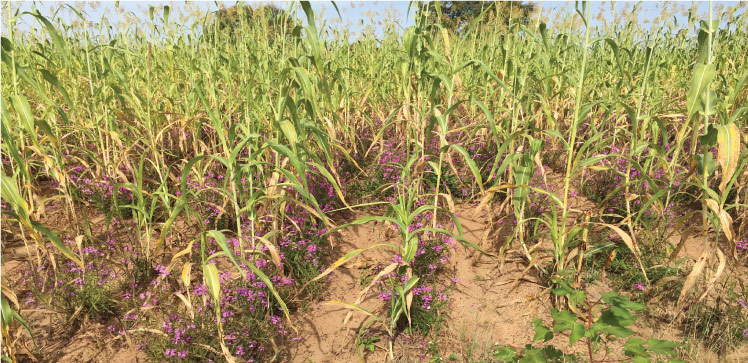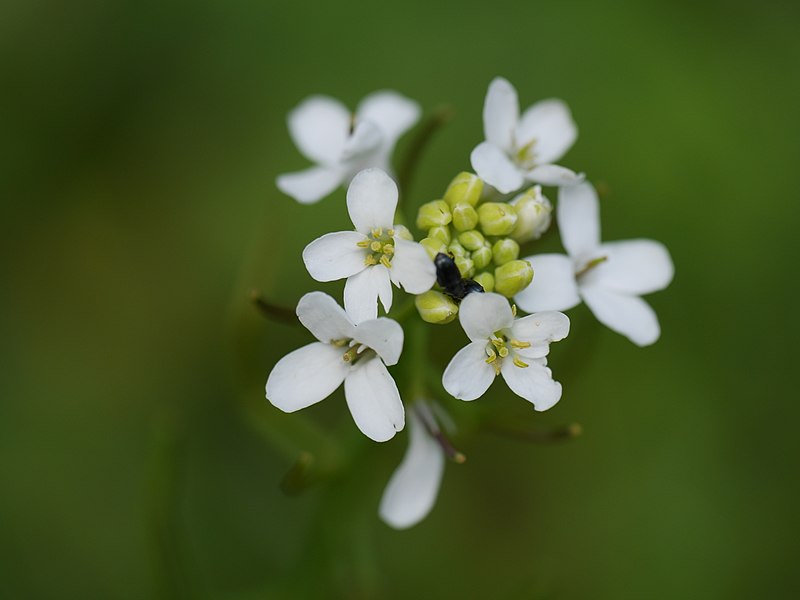Doctor X Nabat is the name of an application for the early detection of diseases and pests in horticultural crops, developed by an international team (Spain, Dubai, Egypt, Tunis, United Arab Emirates). This tool, aimed at farmers and agriculture experts,…
Read More










